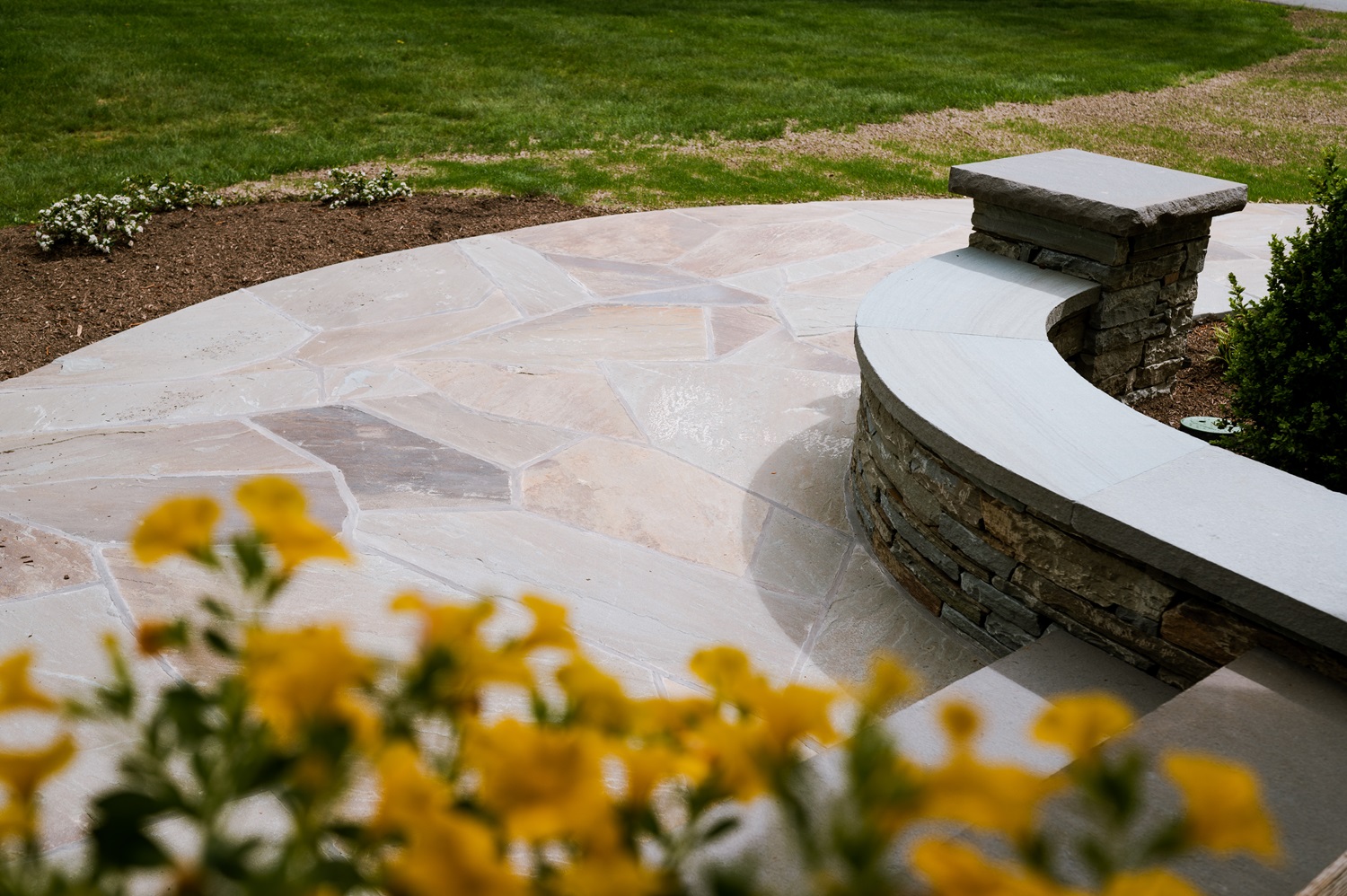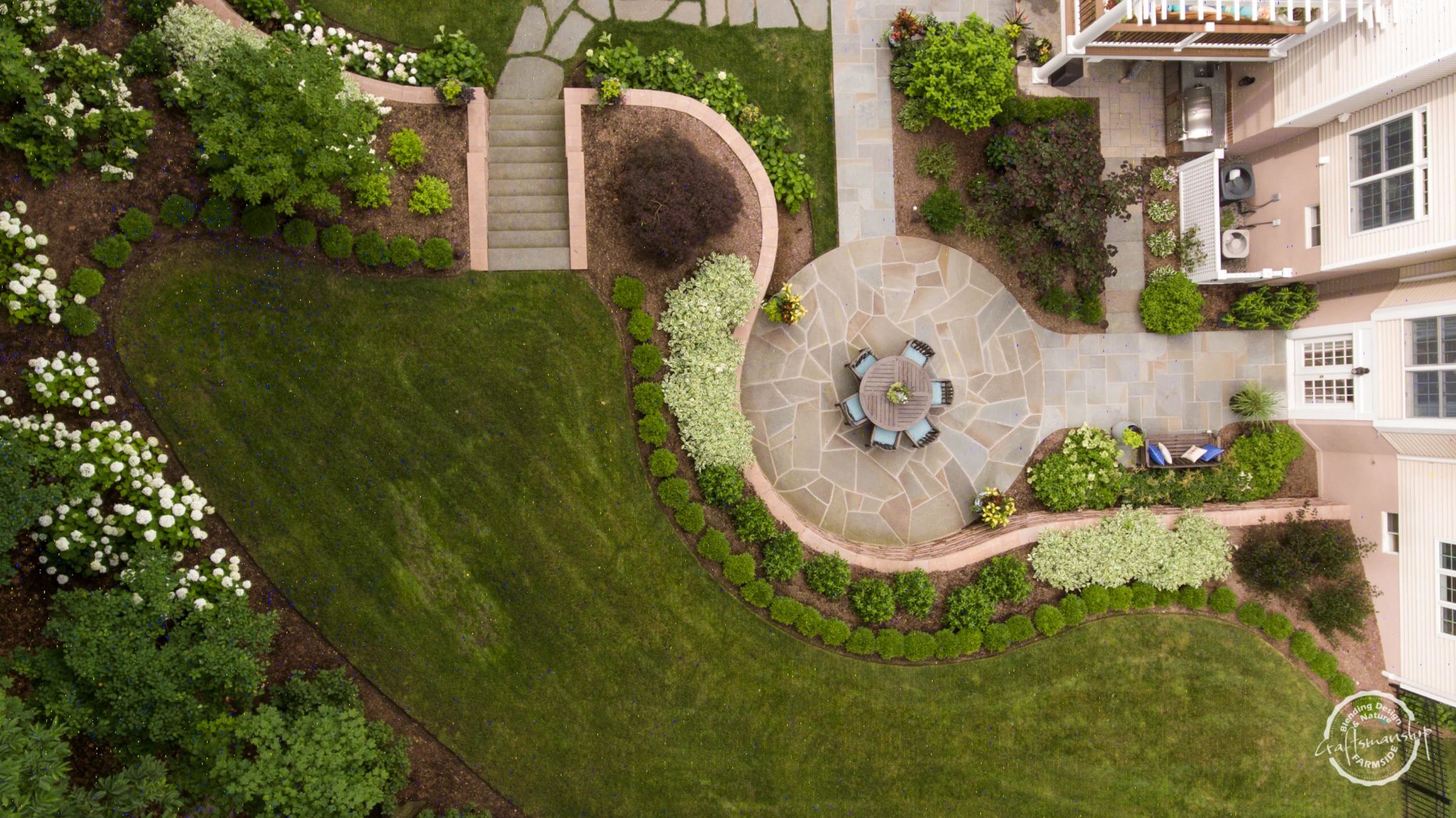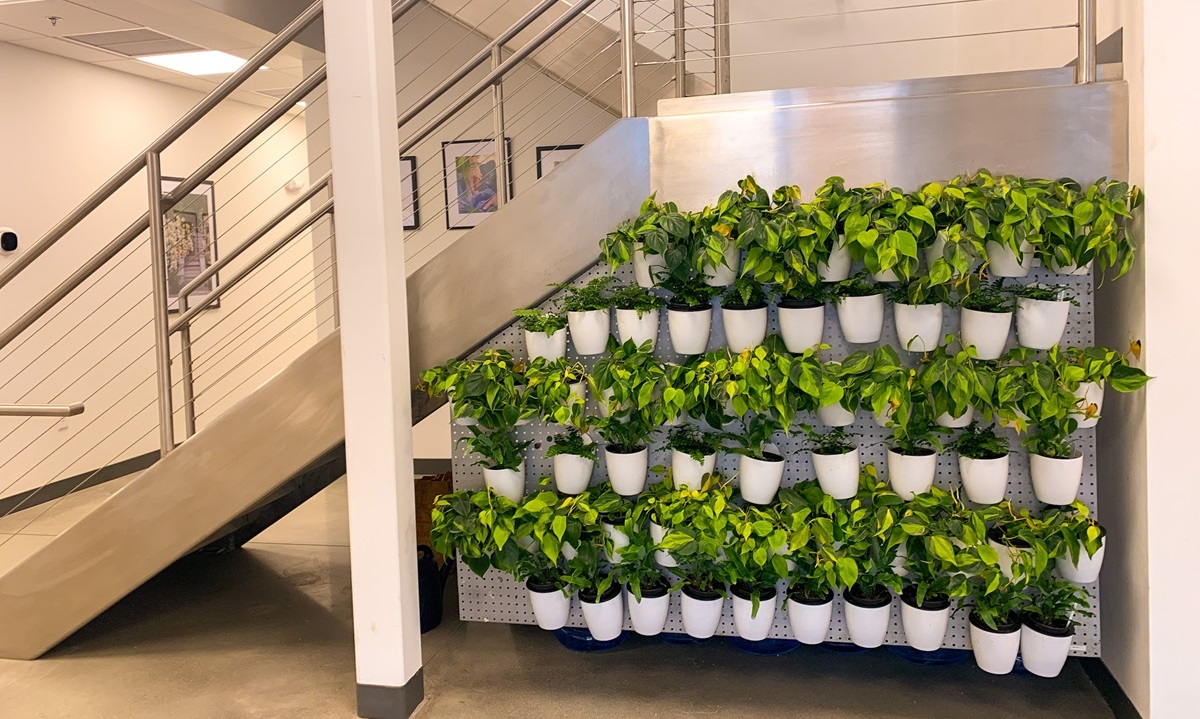Lighting can transform your landscape – providing your home with safety and security, extending the time you can enjoy your outdoor space plus, highlighting plantings and special features in your garden for an added layer of beauty and enjoyment. Well-planned lighting not only makes your home’s exterior warm and inviting, it can increase your property value up to 20 percent.
Three key principles to keep in mind when approaching outdoor lighting:
Usefulness – Whether it’s for safety or aesthetics, each lighting element should have a clear and defined purpose.
Targeting – Light should be directed only to where needed (no need to illuminate your neighbor’s yard if you just want to light your driveway) and mindful of reflective surfaces (such as light bouncing off a surface into your neighbor’s window).
Minimal light levels – Keep lighting to minimal levels for its purpose to avoid light pollution, environmental disruption (think nocturnal creatures) and disturbing your neighbors. A “well-lit” entryway to your home should not have the same illumination as a “well-lit” football field for night games.
Ideally, landscape lighting focuses on the effect of the light, not the light source itself. The exception to this is path lighting, which is designed to be decorative as well as functional. Another critical aspect to good exterior lighting is understanding the types of lighting available and how they are used:
Styles of Lighting
Up-Lighting – This is a great option that uses low-voltage lights for highlighting trees or structures to show their shape by lighting from the ground up. Placing a few lights close to the base of the tree will dramatically show off its trunk structure. Place additional lights further away from the trunk if you’d also like to showcase the canopy of the tree, with its branch and leaf structures. Fixtures that have convex lenses are a good choice here since water easily runs off the lens.
Moonlighting – As the name indicates, moonlighting is lighting that comes from above, often by placing light fixtures high in a tree aimed downward. This is a great way to illuminate patios and pathways with softer light that includes the beautiful shadow patterns tree branches can create, mimicking the effect of a full, moonlit sky.
Silhouetting – To create a silhouette effect, fixtures called spread lights are used. These create a wide, clean band of light and are placed between an object such as a plant, fountain or sculpture and an adjacent structure such as a wall. The purpose is to create a silhouette of the object against the wall so there is a sense of repetition – the highlighted object and its silhouette – for dramatic effect. Multiple fixtures may be required depending on how much of the wall you need to light.
Shadowing – A blend of up-lighting and silhouetting, this involves illuminating a landscape feature such as a tree or fountain from a low vantage point upward and using shadows as additional elements of visual interest. This can involve lighting that creates large, dramatic shadows, or lighting that captures the graceful movement of delicate branches in the breeze.
Grazing – Do you have a beautiful textured or stone wall or pillar? Highlight it with spread lights or up-lights by placing lighting fixtures right next to the wall directing the beams upward. This allows the light to graze the wall or pillar, highlighting and shadowing the textured surface.
Path Lighting – Safety is the primary purpose for path lighting – illuminating spaces to see where you’re walking, ensuring step lighting isn’t casting shadows that make it difficult to discern where they begin and end – shadowed steps make it hard to judge distance, creating a potential falling hazard. To prevent this from happening, be sure to add lights at the bottom of the steps as well as alongside them to fill in shadows and create a safe staircase. A beautifully lit path is both safe and welcoming.
Spotlighting – As with interior rooms, sometimes creating a singular focal point in your exterior landscape can have a dramatic impact within the space. By spotlighting a feature such as a very architectural tree, a fountain or statue, you create a visual center or focal point in your landscape. One or two spotlights will allow you to highlight whatever feature you’d like to showcase.
Down-Lighting – You can incorporate down-lighting from many places – trees, walls, patio covers, eaves of your home, over doorways and entrances or exits. The closer you position a light fixture to an object, the more concentrated and focused the light. For a broader wash of light, place the fixture higher up.
Pool Lighting – Pool lighting is important both for safety as well as aesthetics. You can use submersible lights in pools, ponds and fountains. Illuminated, moving water creates a beautiful effect of rippling glints of light, and lighting a pool allows you to enjoy it in the evening as well as during the day.
Washing – Place the light to the side of what you want to illuminate and let the light “wash” over it, bathing an entire wall or row of bushes. This will create a soft glow over the whole area. Experiment with the height and angle of the light to see what provides the best result.
Types of Light Fixtures
In-Ground or Well Lights – Typically a circle-shaped fixture that installs directly into the ground, flush to the surface. Best applied where other fixtures may create a tripping hazard or to minimize lighting fixture visibility.
Directional Up-lights – These fixtures are above ground atop short posts. Hoods can be added to these lights to control lighting direction to prevent glare.
Pool Lights – These lights are best installed by a professional since they are submerged in water. Available options include LED, halogen and fiber optic choices. To properly illuminate underwater stairs in a spa or pool, keep lighting fixtures no more than 12 inches below the surface.
Spotlights – These lights provide a focused, narrow beam of light, typically in about a 45 degree width. Spotlights are very versatile landscape lighting fixtures because they are able to support a large variety of bulbs, beam widths, and wattages.
Floodlights – Ideal for safety and visibility, these cast a wider beam of light than spotlights (120 degree width vs. 45) and have much higher wattage than spotlights.
Hardscape Lights – Are tiny lights with brackets or flanges that install onto or into hardscape structures.
Considering landscape lighting for your home? Contact us here at Farmside, where our landscape design professionals can help you create an outdoor lighting plan that’s perfect for your needs.













